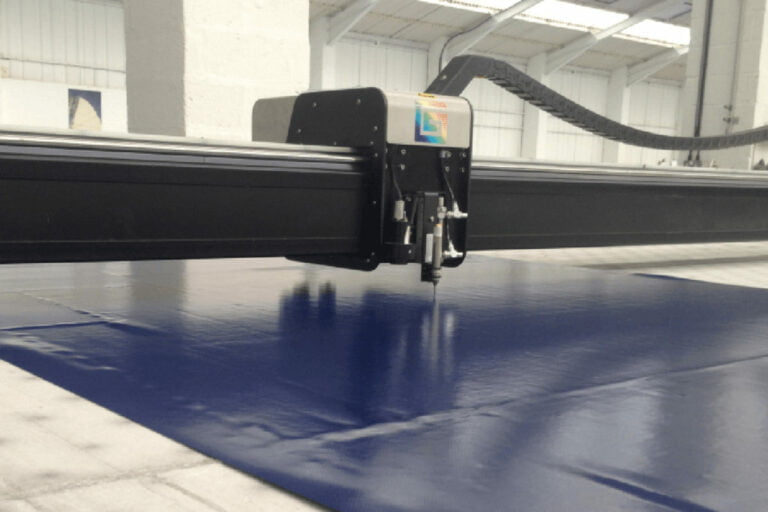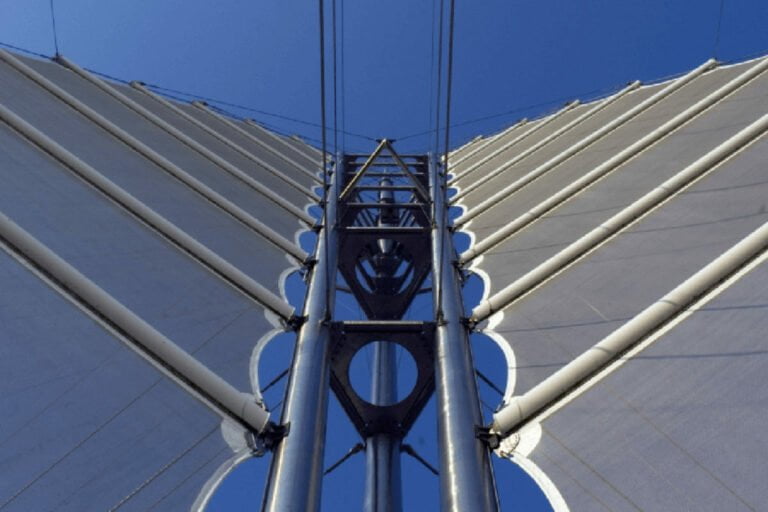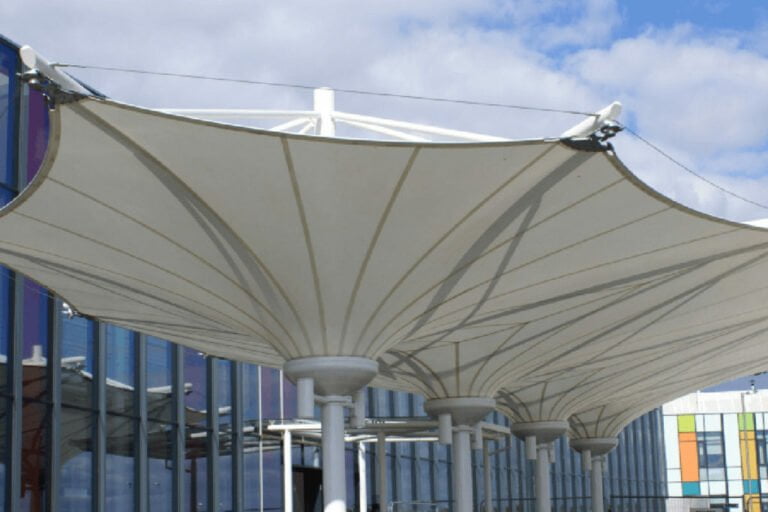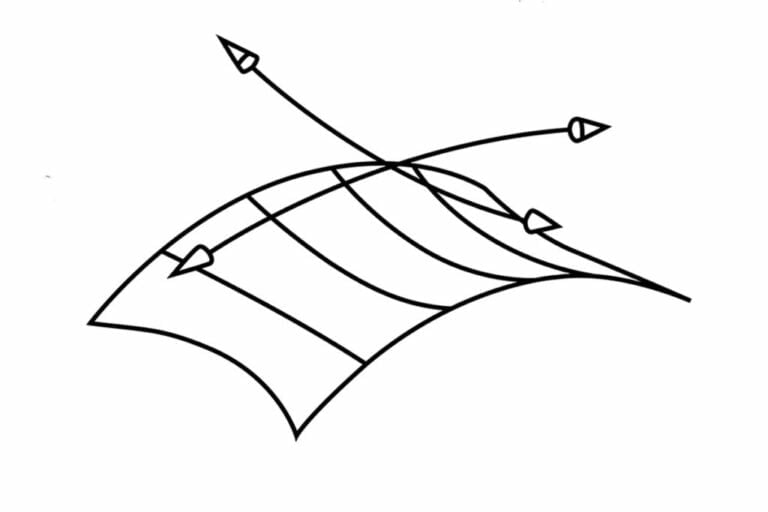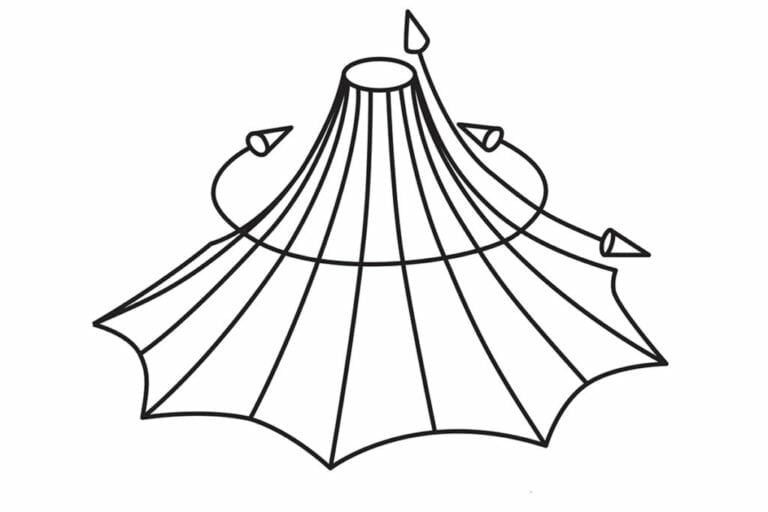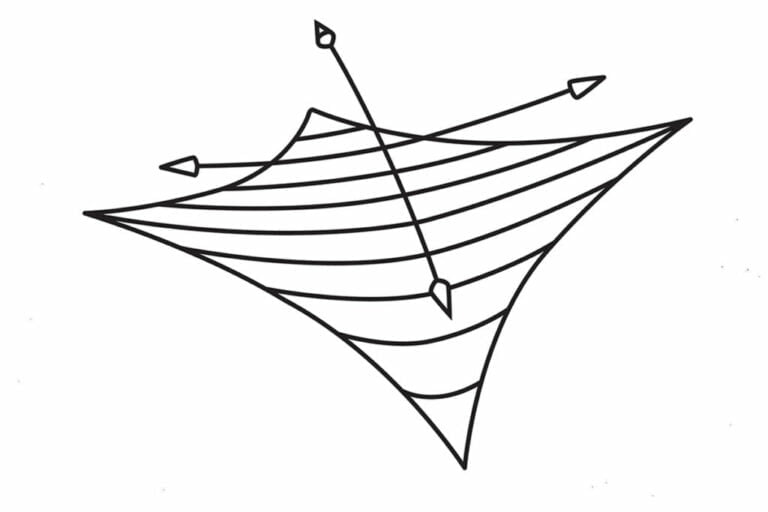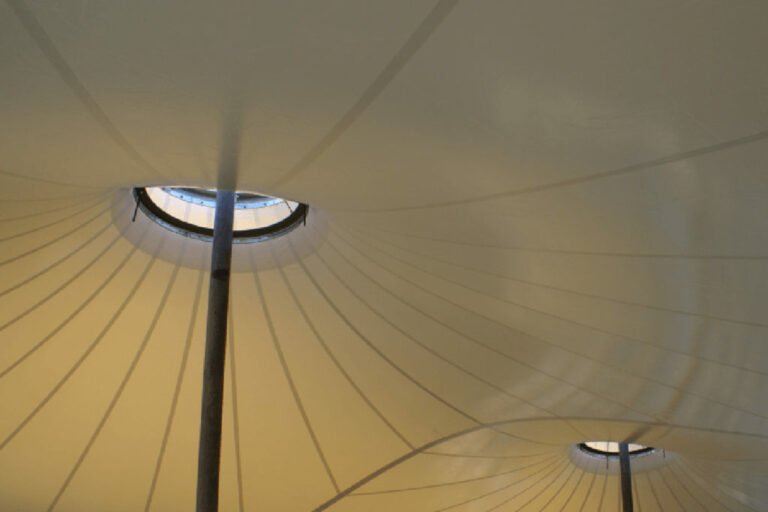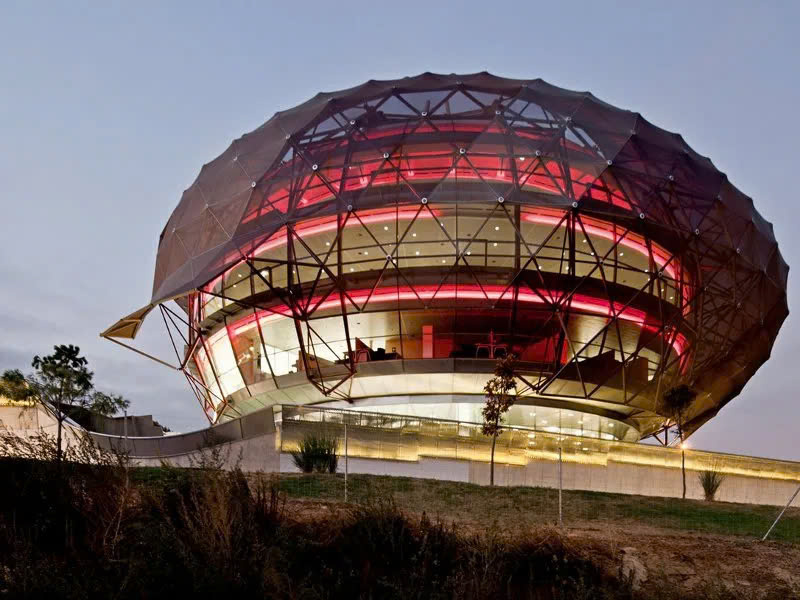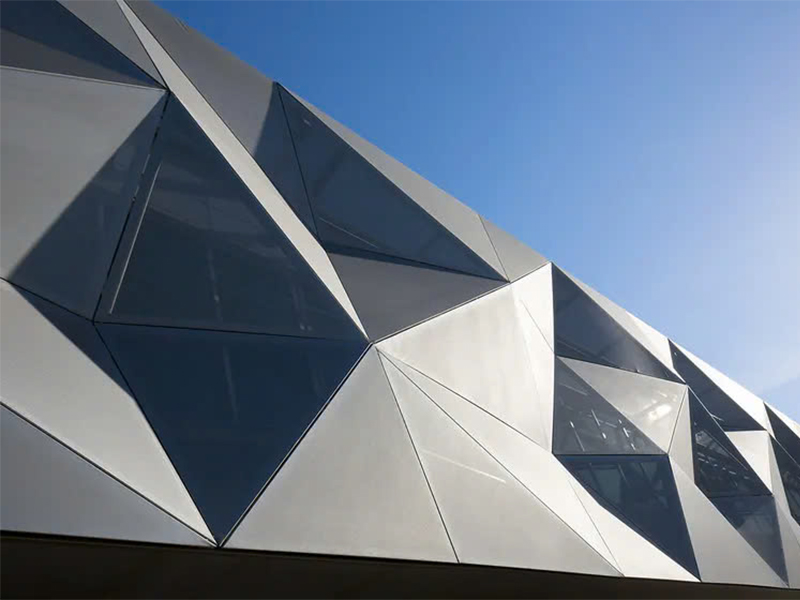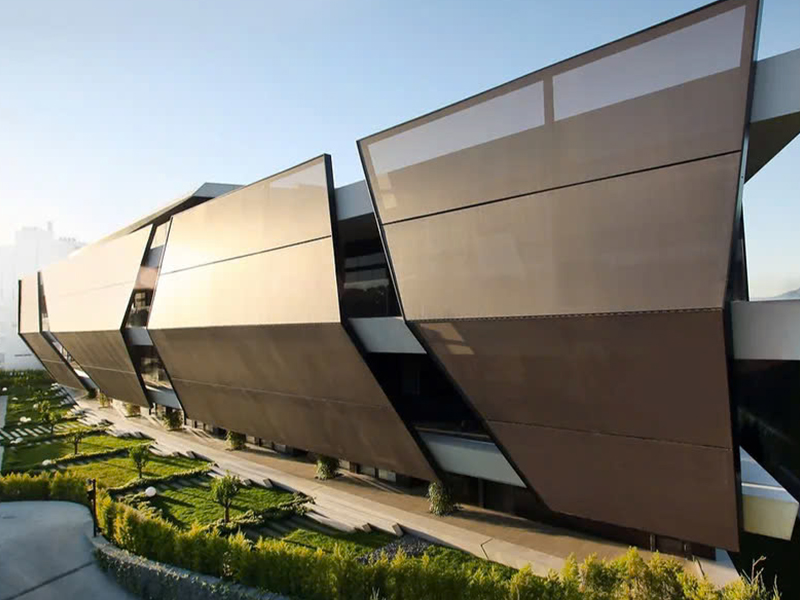Current Situation and Solution: Overview of Tensile Membrane Structures – Tensile Membrane Architecture and Operating Principles
Tensile Membrane Structures (also known as Tensioned Membrane Architecture) are the most common form of thin-shell structures, using tensioning of a specialized membrane (PVDF, PTFE) and cables anchored to the structure to create shape. Tensile structures (also known as tension structures) can take many forms, usually based on two basic construction designs: Saddle (Hypar) and Conical (Conical). The tension of specialized canvas eliminates wrinkles in the membrane and is strong enough to withstand all weather conditions and potential damage. Being a lightweight material, architectural stretch fabric uses less structural members than traditional structures, saving on transportation and installation costs, while being flexible, strong and adaptable to the exact requirements of each project.
—
Technical Requirements Analysis & Solution Context
Modern architectural projects, especially those with large areas or complex shapes, often face the challenge of finding materials and structures that are lightweight, durable, and aesthetically pleasing. Traditional structures are often bulky, limiting the ability to span large spans, and making it difficult to create unique shapes. The need is for a solution that optimizes the amount of material, reduces the load-bearing mass of the foundation system, and is able to withstand external impacts such as wind, rain, and snow, while maintaining beauty and function over time. Flexibility in design and the ability to adapt to a variety of environmental conditions are also important criteria.
—
Technical Solutions
Tensile Membrane Structures offers comprehensive solutions, from design principles to diverse materials and applications.
Popular forms of architectural stretch canvas
Architectural tensile fabric is mainly based on the curvature of the surface to effectively withstand the load. This type of architecture helps to optimize the amount of material used and lighten the load-bearing mass of the foundation system below. In general, architectural tensile fabric can be divided into 4 basic forms:
- Hypar (saddle): A tensioned form created by two high points and two low points to keep the surface flat and withstand impact and wind forces.
- Barrel Vault: A vaulted shape that curves along a single axis.
- Conic (cone): Like a volcano shape that uses radial geometry by radians and circles to create surfaces. (Conic structure reference)
- Inflatable: An inflatable structure in which air pressure forms a double-curved (synclastic) architectural fabric shape.
Nearly all architectural tensile fabric canopies originate from one or a combination of these three basic shapes, with surfaces derived from characteristic geometric principles.
Basic Theory of Force Transmission Path and Stress (Pre-Stress)
In the basic Hyperbolic Paraboloid structure, any point on the surface of the fabric can be constrained by the corner points. The two high points receive the downward load and the two low points resist the wind force. The fabric is flat, i.e. the smaller the height difference between the high and low points, the greater the downward load at the corners. Anticlastic forms (like Hypar) have opposite curvatures, while inflatable structures are synclastic with double curvatures due to air pressure.
Pre-Stress is the tension force used in the process of stretching the membrane to create a roof. The shape of the surface of the architectural fabric is determined by the stress ratio in the two main directions of curvature, which is established during the computer sketching process. The absolute values of the stress must be carefully calculated so that the surface is able to withstand the forces acting on it. The pre-stress force in the architectural fabric structure will disperse the load force when subjected to the impact of weight from above. If the pre-stress is not strong enough, the area that bears the direct load will sag, causing wrinkles in the architectural fabric and can lead to water accumulation, for example, heavy snowfall.
Diversity in architectural stretch canvas shaping
The challenge for architects is to develop new, innovative forms of architectural fabric that respond to the conditions of the structural surface. Developing new forms means upgrading the basic elements of architectural fabric and changing the design of the perimeter connections, allowing for significant changes in a structure. Fabric forms can be soft or pointed, dome-shaped or leaf-like, and often combine these forms to create countless permutations.
What type of material is used?
There are currently four types of fabrics commonly used for tensile fabric structures:
- PVC Coated Polyester Fabric: Cost effective fabric with a life expectancy of 10 to 20 years. Easily portable for temporary construction applications and meets BS 7837 fire resistance standards.
- PTFE Coated Glass Fabric (for permanent structures only): Has a 30 year life span and is completely inert, does not degrade under UV light and is considered non-combustible under most building codes. Meets BS 476 Class 0 fire rating.
- ETFE (for structures requiring a service life of over 20 years only): Used in inflatable pillow structures where thermal properties are important. The foil can be transparent or textured like laminated glass products to allow for any degree of translucency.
- PVC Glass Fabric: This material is used for internal tensile sails, such as features in louvers, glare control systems, with minimal maintenance requirements. Meets BS 476 Class 0 fire resistance standards.
Where are Tensile Membrane Structures applied?
Tensile Membrane Structures have a great advantage in being used as a prominent element in traditional and modern buildings, creating urban focal points and local icons. The advantage of large spans is ideal for projects with large areas requiring ventilation, limiting columns. Structures can span unsupported lengths of up to 150 feet and double that amount with wire mesh, and air structures can span thousands of feet without columns. Tensile Membrane can be used in a variety of civil works, schools, resorts, restaurants, landscapes, shopping centers, theme parks, stadiums, or other glamping tent structure special
—
Results and Performance Evaluation
Tensile Membrane Structures have revolutionized the architectural industry by providing lightweight, flexible and sustainable solutions for large-scale projects. The ability to create a wide range of shapes, from Hypar to Conic and Inflatable, along with the use of advanced materials such as PVDF, PTFE, ETFE, allows architects to realize complex and expressive design ideas. The advantages of large spans, reduced foundation loads, and the ability to adapt to extreme weather conditions (wind, rain, snow) have made Tensile Membrane the optimal choice for many applications, from public works to entertainment spaces. The combination of artistry, technical efficiency and cost optimization has affirmed the position of Tensile Membrane Structures as one of the most advanced and efficient construction solutions today, bringing outstanding beauty and function to projects around the world.
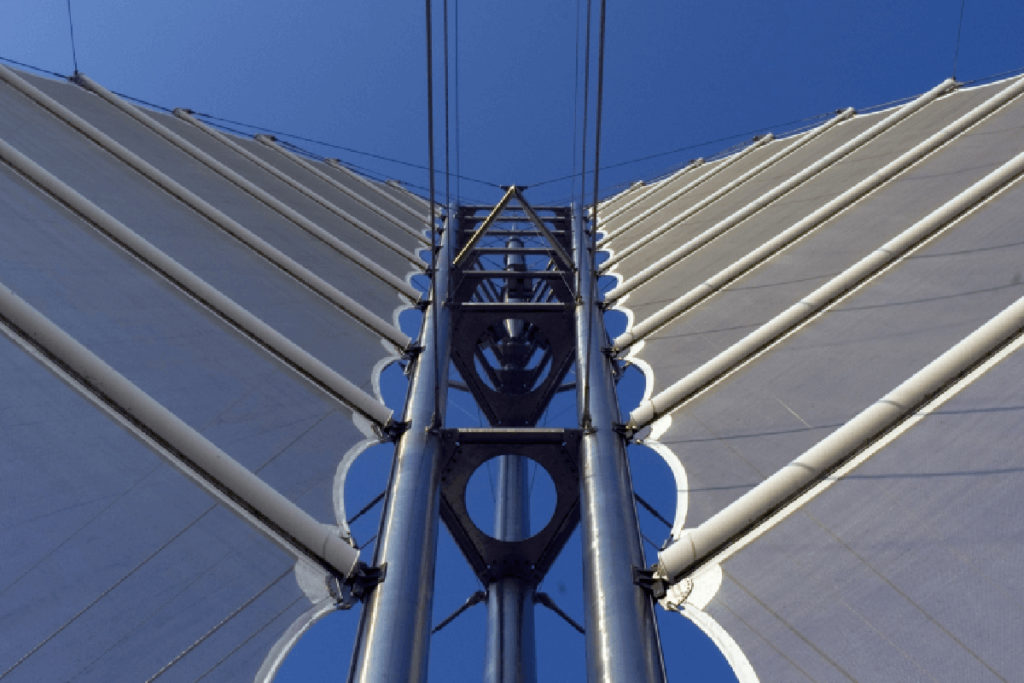
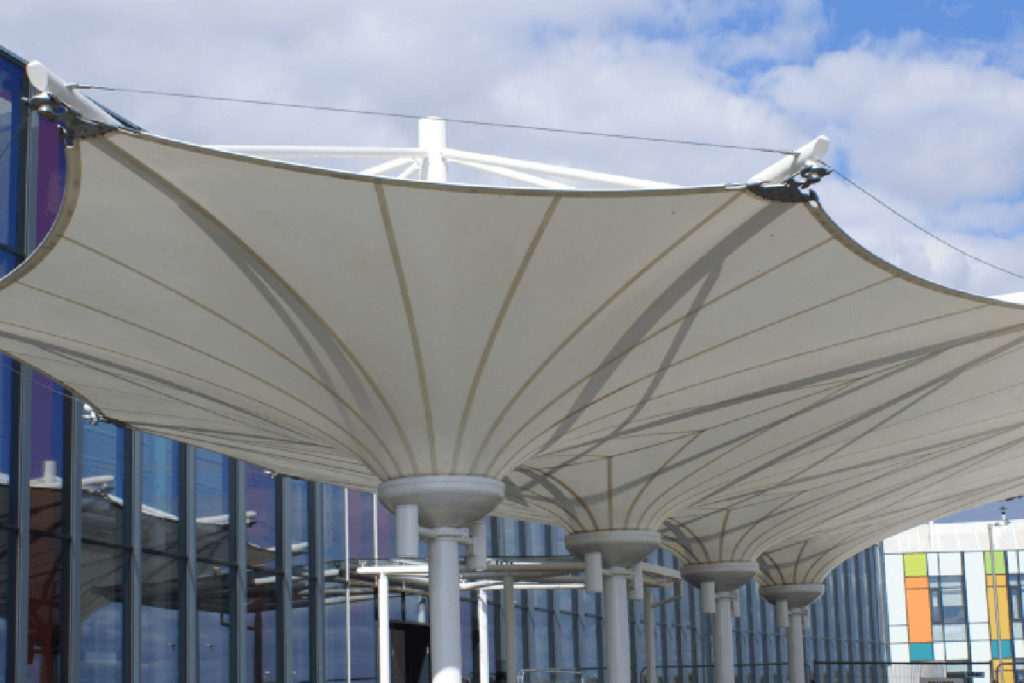



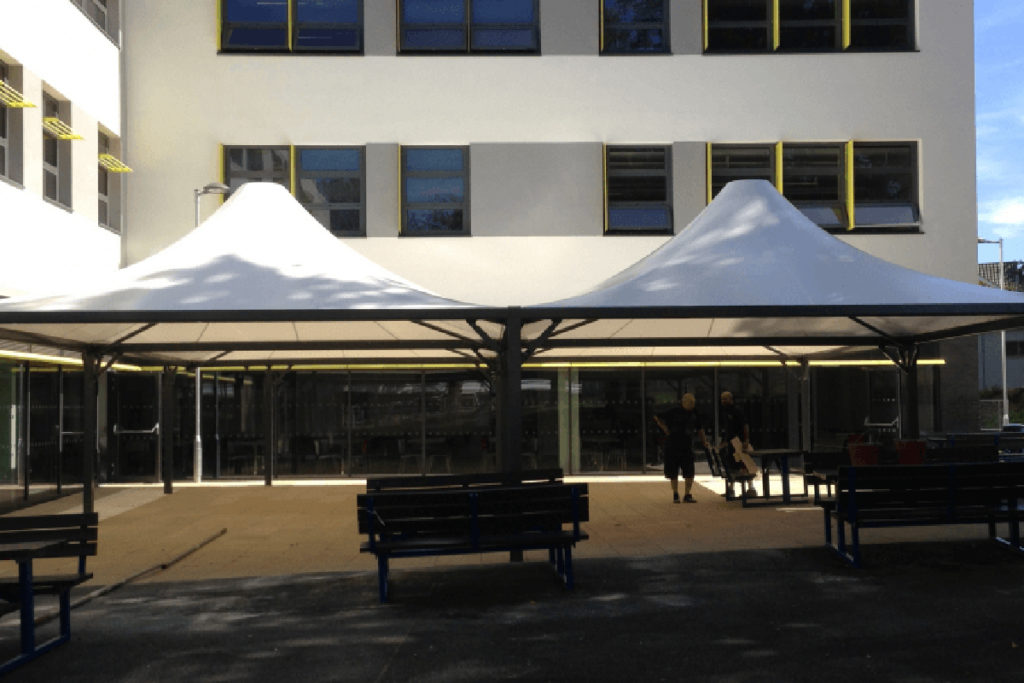
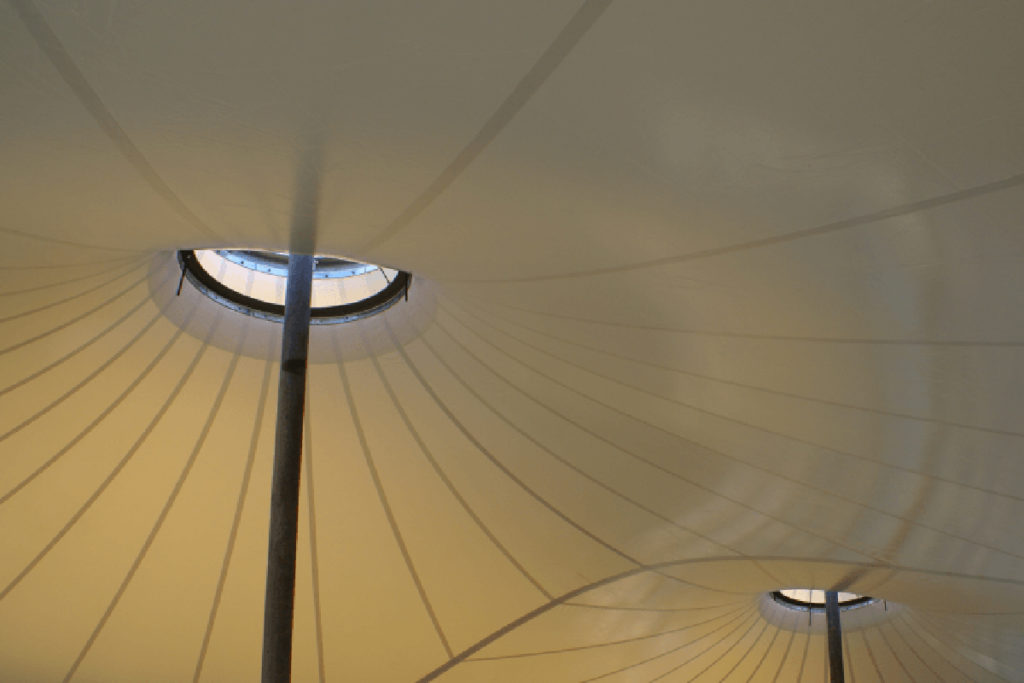
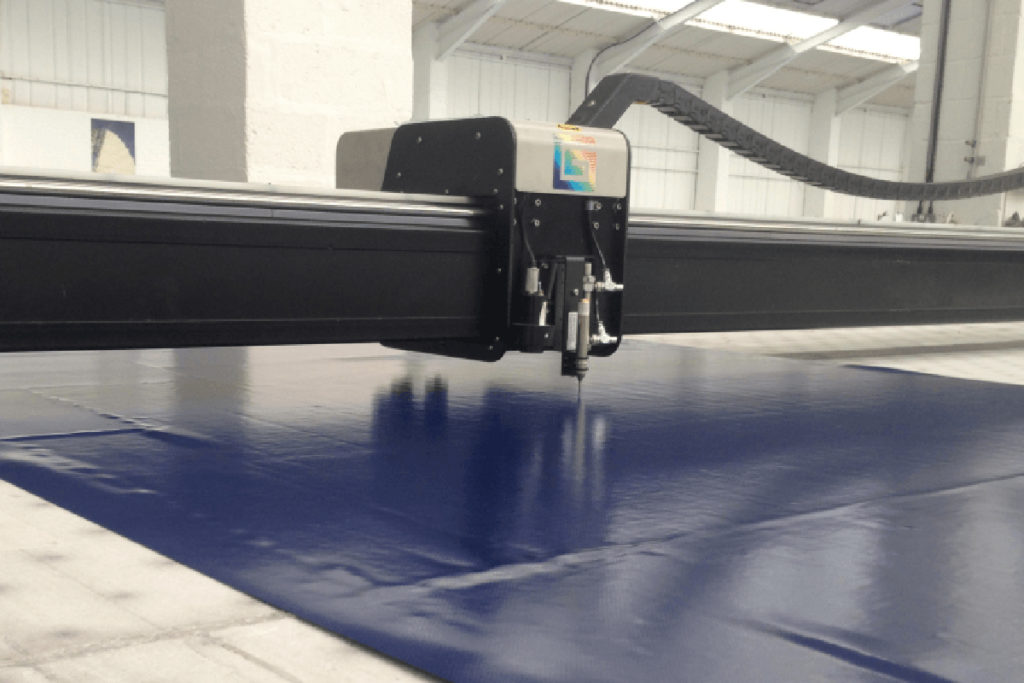
—
Contact Technical Consulting
Flexiiform is proud to be one of the leading units in Vietnam providing solutions for designing and constructing tensioned canvas. With a team of well-trained and skilled Architects and Engineers, and nearly 30 years of experience in the industry through professional advice from FasTech Company – The leading design and construction company of tensile fabric structures in Thailand, we are confident in providing the best solutions for each specific project. Especially projects related to tensile fabric cover structures and Tensile Membrane Structures.
For expert advice on architectural canvas solutions or to request a detailed quote, please contact us. You can read more Reference video.
Contact information:
Company: Flexiiform
Phone: +84 8678 68830
Website: https://flexiiform.vn/
Fanpage: https://www.facebook.com/flexiiform/


